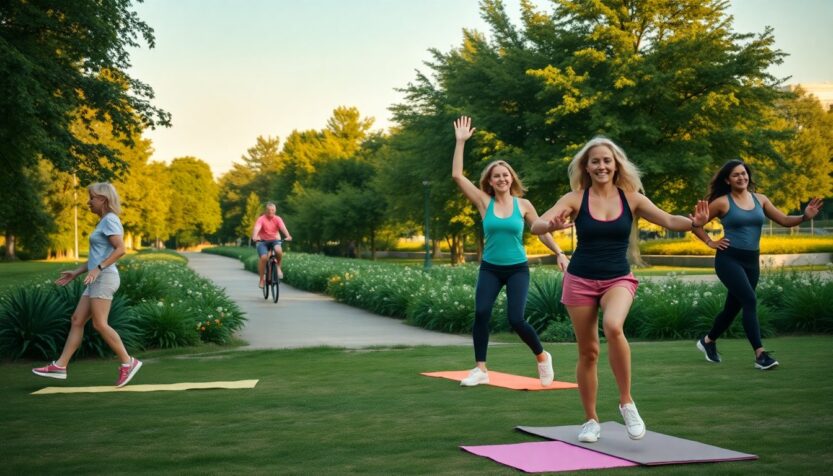Incorporating physical activity into daily routines raises essential questions. How can workout sessions be enjoyable? Which forms of movement should be prioritized? Is high-intensity exercise necessary, or can gentler practices be effective? These inquiries are common among fitness enthusiasts, and the answers vary.
Both vigorous exercises and low-impact routines are vital for a balanced fitness regimen. The key lies in recognizing that there is no singular approach to movement. Instead, a spectrum of modalities exists. Some days may call for the exhilaration of a rigorous workout, while others may benefit from a calming yoga session.
The facts
Understanding the best type of movement hinges on one’s ability to listen to the body. Cultivating mindfulness regarding physical and emotional needs is crucial. Each day presents unique challenges, and what felt right yesterday may not resonate today. Embracing this variability fosters a compassionate approach to fitness.
Assessing your current state
When determining your daily workout, consider essential questions: How do you feel today? Are you energized or fatigued? Do you want to push your limits or prefer a gentler approach? Answers to these questions guide the selection of an appropriate workout. Remember, a workout does not always mean sweating profusely; sometimes, a gentle session proves equally fulfilling.
Engaging in high-impact exercises daily can hinder progress and overall health. Evaluating the sustainability of such a routine is vital. For newcomers to exercise, starting with a softer approach is advisable. Gradually increasing intensity allows the body to adapt and strengthen without risking injury.
Implementing the five-minute rule
A practical strategy for gauging if a workout suits your mood is the five-minute test. Set a timer for five minutes at the beginning of your chosen activity. If you feel worse after this brief period, consider switching to a less intense option. This rule enables real-time adjustments based on the body’s feedback.
Preparing for movement
Prior to engaging in exercise, allocate time for mobility work. This warm-up primes the body, preparing muscles and joints for action while reducing injury risk. Additionally, stretching is essential for maintaining flexibility and supporting recovery. Dedicating a few minutes to stretch post-workout enhances overall well-being.
Hydration plays a critical role in physical performance. Ensuring adequate hydration supports connective tissues and allows for optimal movement. Alongside hydration, maintaining a balanced diet rich in fruits, vegetables, and proteins provides the nutrients necessary for fueling future workouts.
Finding your balance
Ultimately, there is no universal formula for balancing intensity and gentleness in movement practices. The most effective strategy is developing acute awareness of the body’s signals and responding accordingly. Whether preferring a dynamic workout, a gentle stretch, or a combination, the right choice is one that energizes and satisfies.
As you navigate different workouts, trust intuition and embrace the flow of bodily needs. Making movement a joyful part of daily life is the ultimate goal, and this can look different for everyone.
Both vigorous exercises and low-impact routines are vital for a balanced fitness regimen. The key lies in recognizing that there is no singular approach to movement. Instead, a spectrum of modalities exists. Some days may call for the exhilaration of a rigorous workout, while others may benefit from a calming yoga session.0

